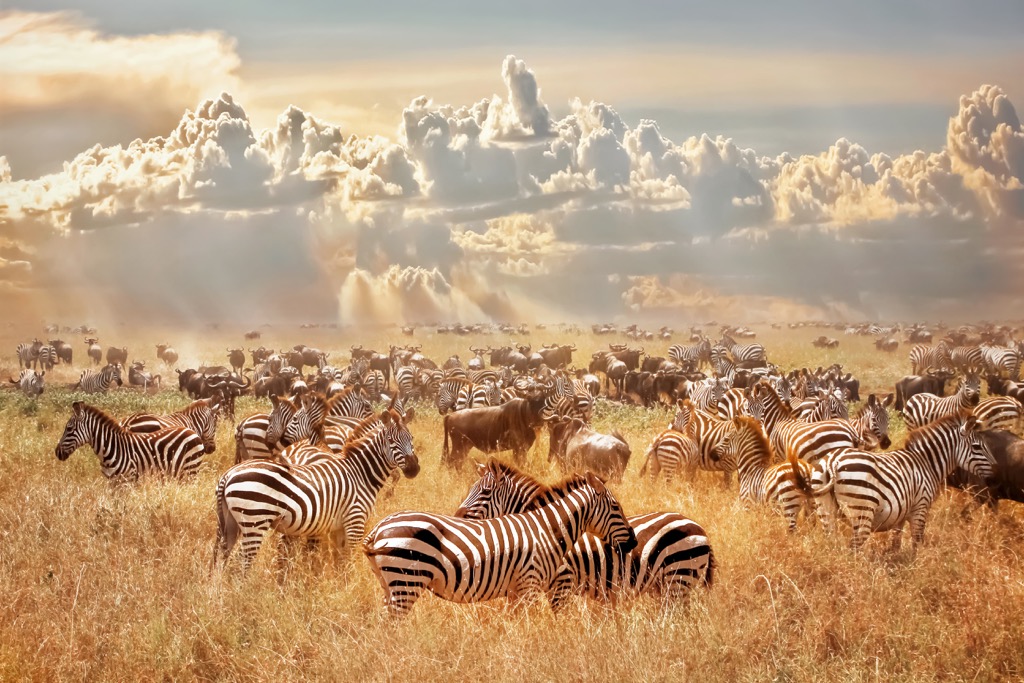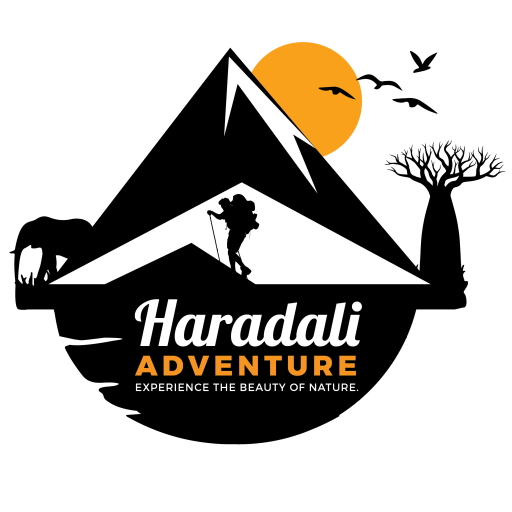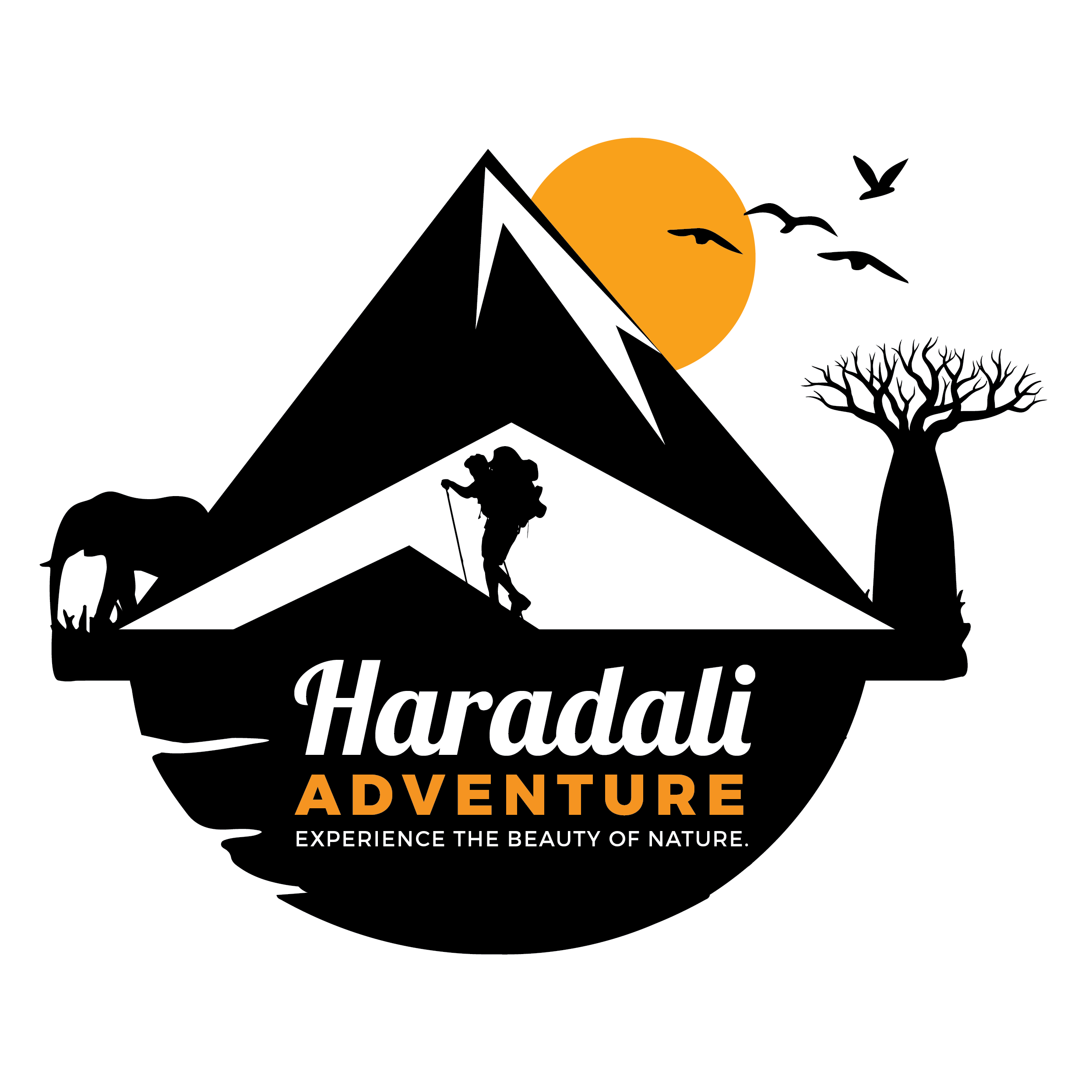Kilimanjaro National Park
Kilimanjaro National Park, a UNESCO World Heritage Site, is located in northeastern Tanzania, centered around Mount Kilimanjaro, Africa’s highest peak at 5,895 meters (19,341 feet) above sea level. It’s not just a towering mountain but a thriving ecosystem, diverse in both flora and fauna, and one of the most iconic trekking destinations in the world. This breathtaking park covers an area of 1,688 square kilometers and is renowned for its dramatic climate zones, ranging from tropical rainforests to alpine deserts and glaciers at the summit.
Whether you’re drawn to the adventure of scaling Mount Kilimanjaro or simply want to immerse yourself in the awe-inspiring natural beauty, Kilimanjaro National Park promises an unforgettable experience.

Why Kilimanjaro National Park Is Unique
- Diverse Ecosystems
Kilimanjaro’s ecosystems shift dramatically as you ascend. From the lush tropical forests at the base to the barren, rocky terrain near the summit, this park is a living testament to the power of altitude and geography. Each zone has its unique vegetation and animal life:- Rainforests: Home to rare species like the Kilimanjaro tree hyrax and the black-and-white colobus monkey.
- Heather and Moorland: Glistening alpine meadows dotted with giant lobelias and endemic wildflowers.
- Alpine Desert: A cold, desolate environment at higher altitudes, where only tough species like the Kilimanjaro shrew can survive.
- Glacier Zones: Striking glaciers like the Furtwängler Glacier, one of the few remaining ice formations on the mountain, highlights the rapid effects of climate change.
- Mount Kilimanjaro: An Accessible Challenge
While many consider Mount Kilimanjaro to be one of the most accessible peaks for trekkers, due to the lack of technical climbing required, it is no less challenging. The fact that it’s a free-standing mountain—rising dramatically from the surrounding plains—adds to its mystique. It attracts people from all over the world with varying skill levels, but reaching the summit is no small feat. The allure lies in its accessibility: you don’t need to be an experienced mountaineer to experience the thrill of reaching the “roof of Africa.” - Endangered Species and Conservation
The park is also a sanctuary for endangered species, including:- African Elephants: Though rarely spotted at the highest altitudes, they roam in the lower foothills of the park.
- Kilimanjaro Forest Elephant: A sub-species of the African forest elephant, it is known for its smaller size and adaptability to the forested areas.
- Birdwatching: Kilimanjaro National Park is a paradise for bird lovers, with over 140 bird species, including the endemic Kilimanjaro thrush.
- Cultural Significance
The mountain holds deep cultural significance for the local Chagga people, who live on the lower slopes of Kilimanjaro. The Chagga have lived in this region for centuries, and their traditional knowledge of the land and mountains offers rich insights into the local culture. Visitors to Kilimanjaro often interact with the Chagga on their way up the mountain, gaining a deeper understanding of the human connection to this iconic natural wonder.
Trekking Routes: Different Ways to Summit Kilimanjaro

There are seven primary routes to the summit, each offering different experiences depending on your fitness level, the time you have, and what you want to see along the way:
- Machame Route (Whiskey Route)
Known for its scenic beauty, the Machame Route is one of the most popular. This route is challenging and requires a good level of fitness. It passes through diverse ecosystems, from lush rainforests to alpine deserts, before reaching the summit. - Marangu Route (Coca-Cola Route)
The easiest and most well-established route, Marangu is the only one with hut accommodation rather than camping. While it’s less strenuous, the route’s rapid ascent makes altitude acclimatization trickier. - Lemosho Route
This route is considered one of the most scenic and has a high success rate due to its gradual ascent. It’s ideal for those who want to take their time, enjoy more solitude, and increase their chances of acclimatizing properly. - Rongai Route
Starting from the north, this route is less traveled, giving trekkers a more peaceful experience. It offers a unique perspective of the mountain, especially in the initial stages of the ascent. - Shira Route
The Shira Route offers an approach to the summit from the west and is recommended for those who want to experience more remote and rugged terrain. However, it’s one of the most challenging due to its high altitude. - Northern Circuit
The Northern Circuit is the longest and most scenic route. It provides ample time for acclimatization, and as a bonus, it is the least crowded. - Umbwe Route
The toughest route, Umbwe, is recommended only for experienced climbers. It is a more direct and steep ascent, with spectacular views but little opportunity for acclimatization.
Kilimanjaro National Park’s Flora and Fauna
The flora and fauna found in Kilimanjaro National Park are as diverse as the ecosystems they inhabit. Each zone has its own unique characteristics:
- Rainforest Zone (800–2,800 meters):
- Dense tropical vegetation, including giant ferns, bamboo forests, and large trees such as podocarpus.
- Animal species like the black-and-white colobus monkeys and the Kilimanjaro tree hyrax.
- Heather and Moorland Zone (2,800–4,000 meters):
- Home to giant lobelias, senecios, and unique plant species like the giant groundsel.
- Rare birds like the Kilimanjaro thrush can be found here.
- Alpine Desert (4,000–5,000 meters):
- A barren, rocky landscape with only hardy, drought-resistant plants like mosses and lichens.
- Wildlife such as the Kilimanjaro shrew and the African mountaineer butterfly.
- Summit Zone (5,000–5,895 meters):
- The harshest environment, where only a few species of tough plants survive in the thin air and extreme cold.
- Glaciers, icefields, and snowfields are increasingly threatened by climate change.
When to Visit Kilimanjaro National Park
The best time to trek Mount Kilimanjaro is during the dry season, which typically runs from late June to October and again from December to March. These months offer the clearest skies and more predictable weather conditions. However, each season presents its own unique charm and challenges.
- Dry Season (June–October): Best for trekking. Clear skies and less rain make for optimal climbing conditions.
- Short Rainy Season (November–December): The mountain is less crowded, but heavy rains may make the trails slippery.
- Long Rainy Season (March–May): The trails are often muddy and difficult. Not recommended for trekking due to poor weather conditions.
How to Prepare for Your Kilimanjaro Adventure
- Physical preparation: Hiking Kilimanjaro requires a good level of fitness. Although it’s not technically demanding, the altitude can pose a challenge. Training with long hikes and endurance exercises will be beneficial.
- Acclimatization: Don’t rush the ascent! Proper acclimatization is key to avoiding altitude sickness. Choose a route that allows for a gradual ascent and longer stay at key altitude points.
- Pack Smart: Bring proper gear for all types of weather. Even though you start in warm climates, the summit can be freezing.
- Health and Safety: Consult with your doctor before trekking, and ensure you’re vaccinated and in good health to handle high-altitude conditions.
Kilimanjaro Awaits
Whether you’re seeking adventure, personal achievement, or a chance to connect with nature in one of the world’s most awe-inspiring places, Kilimanjaro National Park offers all that and more. From its vast ecosystems and diverse wildlife to the exhilarating challenge of climbing its iconic peak, Kilimanjaro represents the spirit of exploration and the magnificence of nature at its finest.
This is a journey not just for the body but for the soul. Are you ready to take the next step toward summiting the Roof of Africa? The adventure of a lifetime awaits!
Why Visit Tanzania?

Tanzania is home to some of the world’s most iconic destinations, including:
- Serengeti National Park: Known for the Great Migration and incredible wildlife.
- Ngorongoro Crater: A UNESCO World Heritage site and one of the best places to see the Big Five.
- Mount Kilimanjaro: The highest peak in Africa, offering various trekking routes.
- Zanzibar: A tropical island paradise with pristine beaches and rich history.
No matter when you visit, Tanzania offers unparalleled opportunities for adventure, nature, and culture.
Best Time to Visit Tanzania

The best time to visit Tanzania depends on your experience preferences. For wildlife safaris, the dry season from June to October offers the best game viewing, while January to February is ideal for the Great Migration calving season in the Serengeti. If you’re climbing Mount Kilimanjaro, the best months are January to March and June to October for clear skies. Zanzibar’s beaches are perfect from June to October and December to February. Avoid the long rains (March to May) when some lodges close, though the landscape is lush and less crowded.
Understanding Tanzania's Seasons

Tanzania has two primary seasons: the dry season and the wet season. The timing of your trip will depend on your preferred activities, whether you want to enjoy wildlife safaris, beach vacations, or mountain trekking.
Dry Season (June to October): Best for Safaris and Wildlife Viewing
The dry season in Tanzania typically lasts from June to October. This is the most popular time for safaris, as it coincides with excellent wildlife viewing conditions. The dry season is ideal for those interested in seeing large game, including the Big Five.
- Weather: Warm and sunny, with temperatures ranging from 25°C (77°F) to 30°C (86°F). Nights are cooler, especially in higher altitudes like the Ngorongoro Crater.
- Wildlife: During this period, animals congregate around waterholes, and vegetation is sparse, making wildlife easier to spot. This is also the time to witness the Great Migration in the Serengeti, especially from July to October, when thousands of wildebeest cross the Mara River.
- Why Visit: Ideal for a safari experience with clear skies, fewer mosquitoes, and the best chance of seeing a variety of wildlife.
Wet Season (March to May): Best for Lush Landscapes and Fewer Crowds
The wet season in Tanzania occurs from March to May. While the rain can make certain roads impassable, the wet season also offers a unique and quieter experience for those willing to brave the conditions.
- Weather: Expect heavy rainfall, especially in April and May, with temperatures ranging from 23°C (73°F) to 28°C (82°F). Rain showers are usually short but intense.
- Wildlife: The wet season is not the best for wildlife viewing, as animals spread out across the park in search of food. However, the lush greenery makes the landscapes incredibly beautiful, and birdwatching is at its peak.
- Why Visit: Ideal for visitors looking to avoid the crowds and enjoy a more serene, peaceful experience. This is also a great time to visit the beaches of Zanzibar, where the rainfall is less intense compared to mainland Tanzania.
Shoulder Seasons (January to February): Best for Calving Season and Mild Weather
The shoulder months of January and February are between the wet and dry seasons. These months offer mild weather and excellent opportunities to see the wildebeest calving season in the Serengeti.
- Weather: Warm but not too hot, with temperatures around 24°C (75°F) to 30°C (86°F). There is less rain compared to the wet season, making it a great time for outdoor activities.
- Wildlife: January and February are prime months to witness the Great Migration’s calving season in the southern Serengeti. This is a thrilling time for wildlife enthusiasts, as you’ll see thousands of wildebeest give birth, attracting predators like lions and cheetahs.
- Why Visit: Perfect for those looking to witness one of nature’s most incredible events—the birth of wildebeest calves—and enjoy pleasant weather for trekking and other activities.
The Best Time to Visit Tanzania Based on Activities

Safari in Serengeti and Ngorongoro Crater
- Best Time: June to October (dry season)
- Why: This is when the animals are easier to spot due to the dry conditions and fewer places to hide. It also coincides with the Great Migration in the Serengeti, which is a once-in-a-lifetime experience.
Climbing Mount Kilimanjaro
- Best Time: June to October (dry season) and January to February (shoulder season)
- Why: The weather is clearer during the dry season, providing better trekking conditions. If you’re planning to summit Kilimanjaro, these months offer the least amount of rain and the best visibility.
Zanzibar Beach Holiday
- Best Time: June to October (dry season) and December to February (shoulder season)
- Why: The dry season provides the most pleasant conditions for lounging on Zanzibar’s beautiful beaches. December to February is also a good time if you want to avoid the peak season crowds but still enjoy sunny weather.
Accommodation Options in Tanzania

Tanzania offers a wide range of accommodations to suit different budgets, from luxurious lodges in the Serengeti to more affordable campsites in Ngorongoro.
- Luxury: Four Seasons Safari Lodge Serengeti, Ngorongoro Crater Lodge
- Mid-Range: Serengeti Serena Safari Lodge, Ngorongoro Sopa Lodge
- Budget: Mbugani Tented Camp, Simba Campsite








